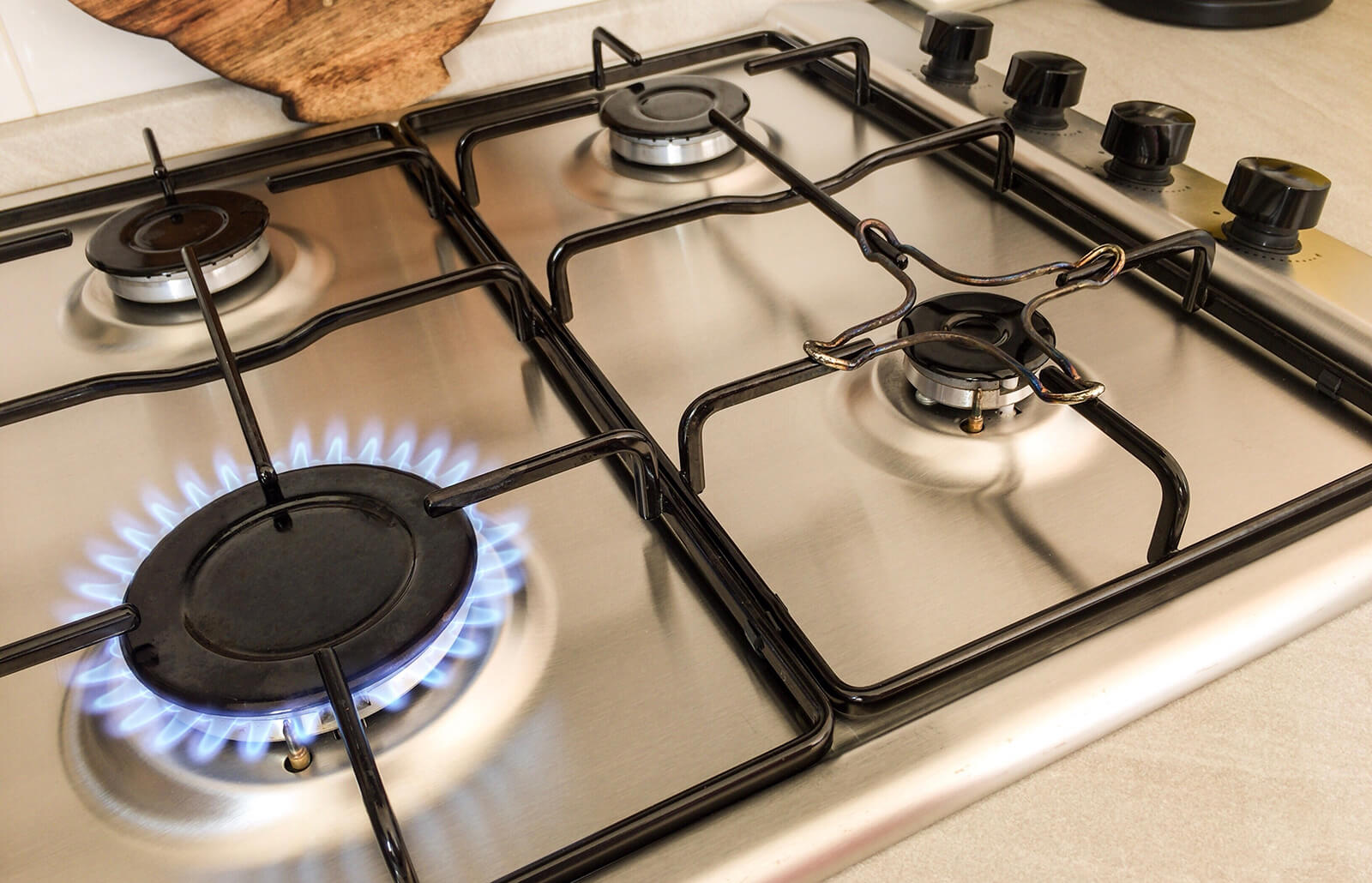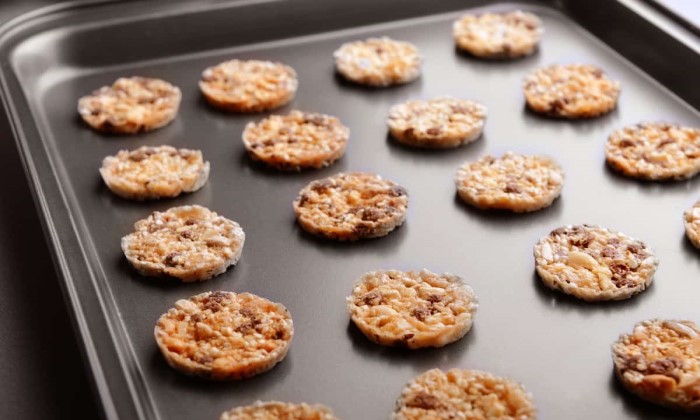If you’ve decided to get a set of kitchen knives, you need to know what the best kitchen shears are. For one, how do you tell a high-quality set from a cheap one? What about if you’re going to go off-brand because you heard that they were better? It can be confusing to choose the best one, but there are a few things you can look for to determine whether a good knife is worth your money or not. After all, a kitchen tool is an investment that should last you a long time, so it’s worth spending a bit more now to be sure that it’ll last.
- The best kitchen shears are made using solid steel and feature a sturdy metal handle and strong bones. To get the best, began with the toughest task first: spatchcocked a chicken with breadcrumbs to remove weak, damaged parts fast. Then moved on to more gentle tests, such as slicing paper and chopping up small chives.
- Even after testing each of these tasks, the best kitchen shears had a tendency to slip. Even the highest quality pairs showed wear and tear and sawed through just fine for general household use. However, they weren’t cut as easily as they should have been. It wasn’t the breadcrumbs or the knife that gave the blades short swings; it was the tension of the string. The higher the tension, the sharper the blades.
- Another test worthy of mention was ripping into small pieces of garlic to see how hard it was. Surprisingly, the best kitchen shears didn’t rip garlic as easily as you might think. The best models seemed to be able to penetrate even the toughest core, which is why they’re so good for slicing and chopping. They’re also good at breaking larger pieces of meat, although breaking smaller ones is still a difficulty. They’re certainly much better at breaking herbs than they are at cutting them. Even chopping herbs seemed a bit tricky until I learned to hold the herbs in my hand and push the blade down between the leaves to cut them as I saw them.
- Finally, the best shears are made to last. After testing each pair of blades and chopping and slicing on their own, we put them to the test: Using them to cut firewood. (I don’t actually burn wood myself, so I felt like a real chef for this experiment.) We went through the motions: One pair of blades, we slid them under the tongs, and pressed them down between the logs, while we pressed the other set of blades against the opposite end of the tongs.
The results were surprisingly varied. Different pairs of kitchen shears saw different amounts of cuts. Different sets of bones saw different kinds of chicken. We tried them all, then switched them back, until we found a pair that we found comfortable and effective for our chopping and slicing needs. And that was just one week’s test!






